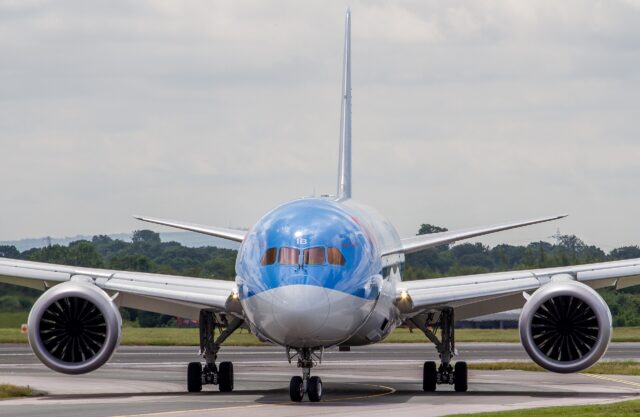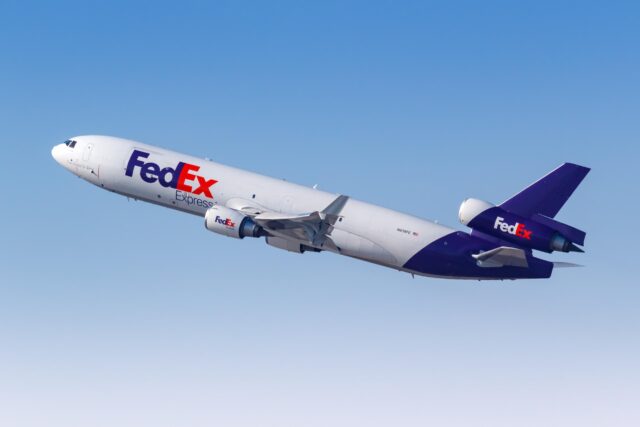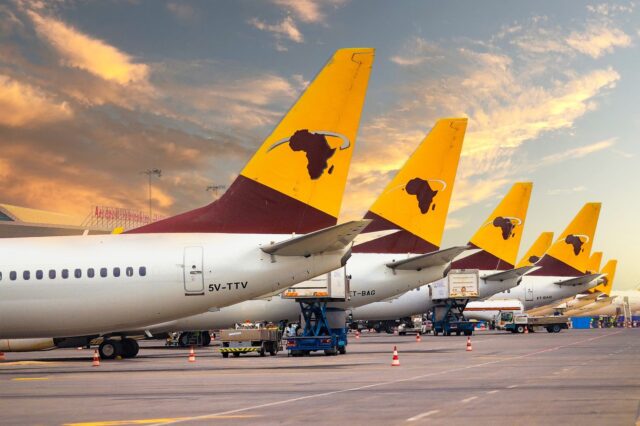Isolated, Russia patents new widebody airliner claimed to rival Boeing 787 Dreamliner

August 26, 2025

Unable to purchase Western jets and kicked out of China’s C929 programme, Russia has filed patents for its own widebody airliner. The aircraft is intended to carry 240-320 passengers and compete with the Boeing 787 Dreamliner.
UAC patents new widebody airliner
The English-language Russian website RuAviation reported in August that Russia’s United Aircraft Corporation (UAC) has patented a new design for a commercial airliner called the Wide-Body Long-Range Aircraft (WBLA).
The news comes as Russia has been unable to deliver a single aircraft since the sanctions of 2022, and after China cut ties on the C929 program in 2023.

According to RuAviation’s reporting based on the patent description by Russia’s state-run news agency TASS, the new aircraft would be able to service routes of up to 8,450 nautical miles. That would make it longer ranged than any Boeing 787 variant.
Its baseline configuration (WBLA-600) would have a typical three-class capacity of 281 passengers, with a shorter variant having around 240 seats (WBLA-500) and the stretched variant having 320 seats (WBLA-700).
The aircraft is positioned as a Russian answer to the popular and efficient Boeing 787 Dreamliner. The publication claims it has a 3% lower direct operating cost than the Boeing 787-9 and would make extensive use of polymer composite materials (PCMs).
Russia’s stalled commercial aerospace sector
It is common for Russia to make claims of producing next-generation aircraft as it struggles to retain its image as a peer competitor to the United States and China.
After Western sanctions were imposed on Russia in 2022, the aerospace sector came to a shuddering halt and has not restarted.
In 2022, Russia stated it would deliver a total of 1,000 commercial aircraft of all types by 2030. To achieve this, it would substitute Western components with domestic alternatives.

The domestic Russian Sukhoi Superjet and Yaklevov MC-21 airliners were made with 60-80% imported Western components before 2022. As of mid-2025, the only aircraft delivered to the industry since February 2022 were seven Superjets assembled with pre-stocked components.
According to the BBC, Russia is also looking to restart production of its obsolete Ilyushin Il-96 and Tupolev Tu-204/214 airliners.
The variants Russia is looking to put back into production are not the upgraded variants, like the Il-96-400 and Tu-204SM, which rely on Western components, but older variants that would even require a flight engineer. The Il-96 was phased out by airlines in the 1990s.
Russia can use its Aviadvigatel PD-8 and P-14 engines to power commercial aircraft. Russia’s Kommersant reported that the MC-21 is to fly with Russian engines, but it’s going to be around six tonnes heavier, underpowered, and shorter ranged. Adding insult to injury, Russian engines are also much more expensive.
China kicked Russia out of its COMAC CR929 widebody programme
RuAviation euphemistically states Russia “withdrew” from China’s widebody CR929 programme in 2023. In reality, China kicked Russia out of the programme after it was sanctioned by the West and chose to go it alone using Western components. Russia and China had agreed to jointly develop the aircraft in 2017.

In August 2023, Aviation Week said that “…reports indicated that China had decided to pursue the widebody on its own. Keeping a sanctions-ravaged partner on board would make the project even more difficult.”
Russia had hoped to provide the Aviadvigatel PD-35 engine it is developing to power the aircraft, but it seems China is more interested in using its indigenous Aero Engine Corp. of China CJ-2000 engine, also in development.
This is part of a wider rebalancing where China develops more advanced aircraft than Russia, breaking its decades-old dependence on Soviet civil and military aircraft.
China placed the final order for Russian Su-35 fighter jets in 2015, and now it is developing its own fifth and sixth-generation fighter jets. In 2025, the Russian news outlet, Izvestia, even suggested the Chinese J-35 fighter jet could be a future solution for the Russian Navy.
Air China Becomes the First to Order COMAC's C929!
— ShanghaiPanda (@thinking_panda) December 1, 2024
🇨🇳 The #C929 is set to compete with the Airbus A330neo and Boeing 787, offering a capacity of 280 to 400 passengers and a range of 12,000 km. This marks a huge milestone for China's aviation industry, with COMAC leading the way. pic.twitter.com/pUIo2ek3OS
Importantly, China is now independent with fighter jet engines and produces its own low-bypass engines for its fighter jets. For China, high-bypass turbofans remain a problem, and its first domestic civil engine is not expected to be ready before 2030. Until then, China’s COMAC C919 airliner will remain powered by CFM International LEAP-1C engines.
















